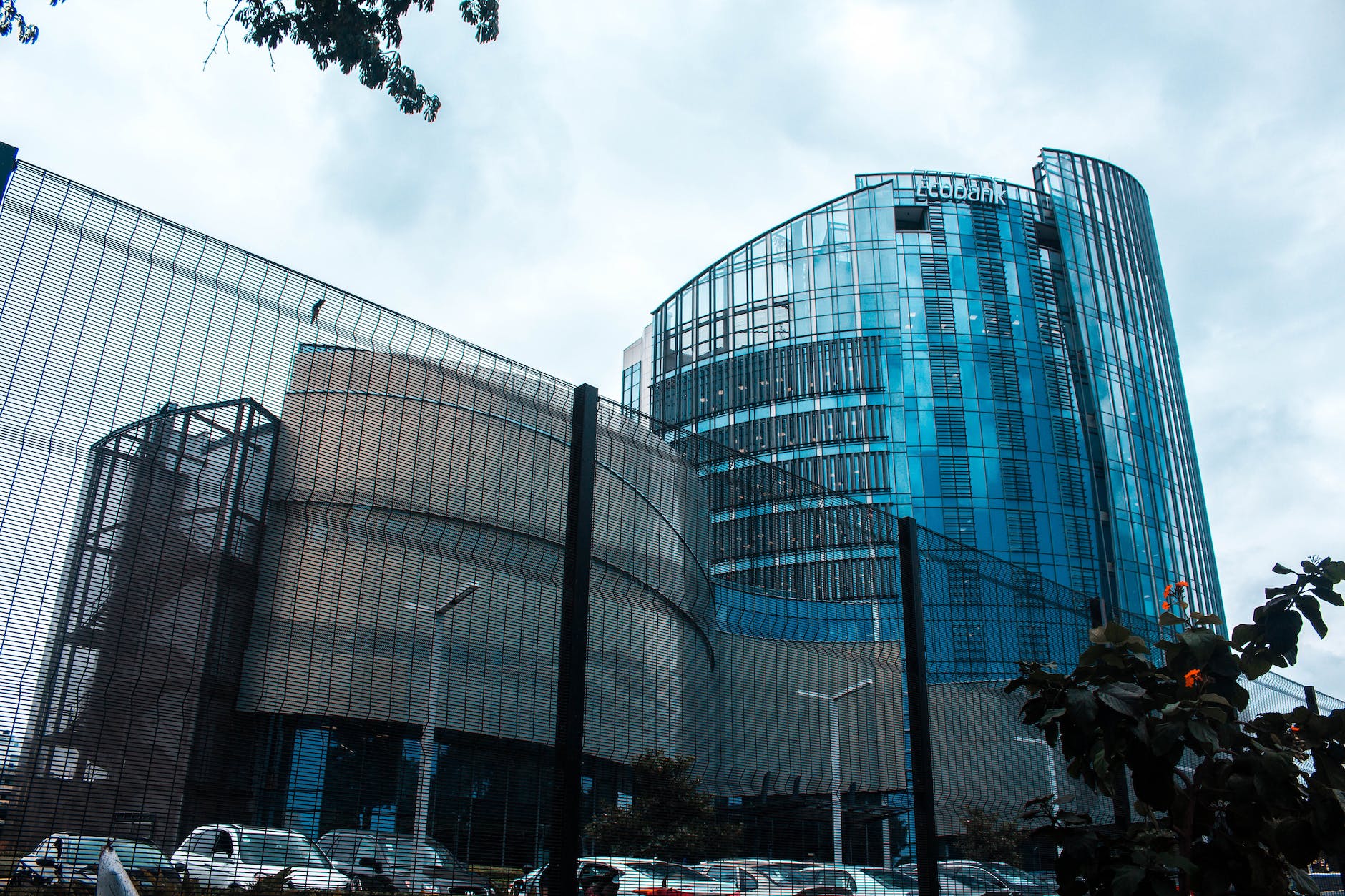Money laundering, a complex and insidious crime, continues to plague economies around the world, with Kenya being no exception. Despite the Kenyan government’s efforts to combat money laundering and the financing of terrorism, the secrecy surrounding this illicit activity, coupled with the complicity of corrupt law enforcement officials and complacent compliance officers in financial institutions, has made it challenging to accurately quantify the extent of money laundering in the country.
To understand how to frustrate the efforts of money launderers and financiers of terrorism, it is essential to break down the process into three distinct stages: placement, layering, and integration.
Placement: The Inception of Illicit Funds
The initial stage of money laundering, known as placement, involves depositing illegally acquired funds into financial institutions. This can be accomplished through various means, including depositing funds into bank accounts, purchasing insurance policies, or engaging in currency exchange. Money launderers often convert the illicit funds into cheques, money orders, or other financial instruments, which are then combined with legitimate income to avoid suspicion.
In the Kenyan market, several placement methods are commonly utilized by money launderers:
- False Invoicing: Money launderers employ fake invoices, with overpricing prevalent in transactions involving government institutions. This scheme allows them to channel illicit funds while disguising the true nature of the transactions.
- Cash Smuggling: Physical currencies are moved across national borders, evading detection and scrutiny. This method enables money launderers to physically transport large sums of money, bypassing official channels.
- Smurfing and Structuring: Bank customers conduct multiple cash transactions below the reporting threshold, known as smurfing. This technique involves breaking down large amounts of illicit funds into smaller, less conspicuous transactions. Structuring refers to the deliberate arrangement of transactions to avoid triggering reporting requirements.
- Use of Lawyer or Accountant Client Accounts: Money launderers invest proceeds of crime in real estate by depositing funds into the accounts of lawyers or accountants. These professional accounts are often abandoned shortly after the transaction, aiding in the concealment of the illegal sources of funds.
- Foreign Bank Accounts: Money launderers deposit funds in foreign bank accounts, leveraging the secrecy and lax regulations of offshore financial centers to hide the origins of the illicit funds.
- Blending of Funds: Money launderers combine funds from illegal and legal sources, depositing them as clean money. This tactic is prevalent in establishments such as casinos, restaurants, bars, and clubs, where the mingling of legitimate and illicit funds can occur discreetly.
Layering: Concealing the Illicit Origins
Once the proceeds of crime and money laundering have entered the financial system, the layering stage begins. Layering involves the movement of securities, contracts, and funds between different financial institutions, creating a complex web that obfuscates the origins of the illicit funds.
Common layering methods observed in Kenya include:
- Conversion of Cash into Financial Instruments: Money launderers convert their illicit cash into financial instruments, such as stocks or bonds. These instruments are then liquidated or transferred to other financial institutions, distancing the funds from their illegal source.
- Buying and Selling of Assets: Money launderers utilize the illicitly placed funds to engage in the purchase and sale of assets. These assets can be traded locally or abroad, allowing for further layering of the illicit funds. The assets are typically disposed of during the integration stage of money laundering.
- Multiple Electronic Funds Transfers: Money launderers make numerous electronic funds transfers, moving the illicit funds through various accounts and institutions to obscure the audit trail.
- Use of Walking Accounts: Walking accounts, also known as nominee accounts, are used to facilitate the movement of illicit funds between financial institutions. These accounts are operated by intermediaries acting on behalf of money launderers, further complicating the tracing of the funds.
- Offshore Banks: Money launderers leverage offshore banks to transfer and layer their illicit funds. Offshore jurisdictions often offer strict confidentiality and favorable tax regulations, making them attractive destinations for money laundering operations.
Integration: Cleansing the Dirty Money
The final stage of money laundering is integration, where the laundered funds are reintroduced into the economy, appearing as legitimate assets or wealth. During this stage, informants play a critical role in identifying laundered funds. Money launderers employ various methods to integrate their ill-gotten gains:
- Purchase and Sale of Property: Money launderers use shell companies to engage in real estate transactions, disguising the origins of the funds. By trading properties through these entities, they can legitimize their illicit wealth.
- Settling Loans with Cash: Money launderers use cash to settle large loans before their maturity dates, concealing the source of the funds and legitimizing their wealth.
- False Invoicing in Import and Export Trade: Money launderers employ false invoicing techniques in both import and export trade, manipulating prices and documents to obscure the illicit origins of the funds.
- False Loans: Money launderers create fictitious loans, fabricating transactions to legitimize their illicit funds. These false loans provide a veneer of legitimacy when integrating the laundered money back into the economy.
- Front Companies: Money launderers establish front companies, which appear legitimate but are used solely for the purpose of integrating illicit funds into the economy. These companies engage in seemingly legal business activities to mask their true nature.
- Complicity of Local and Foreign Banks: Some money laundering operations involve collusion with local and foreign banks. Corrupt bank officials facilitate the integration of illicit funds by turning a blind eye or actively assisting money launderers in their activities.
Money laundering is a global phenomenon, and Kenya is not immune to its devastating effects. The Kenyan government’s efforts to combat this crime are commendable, but further measures must be put in place to strengthen anti-money laundering regulations, enhance enforcement capabilities, and promote international cooperation in tackling money laundering networks.
By understanding the intricacies of money laundering and the techniques employed by money launderers, stakeholders can work together to disrupt and dismantle these illicit financial networks. Through robust regulatory frameworks, effective law enforcement, and heightened vigilance within financial institutions, we can strive to safeguard our economies and protect the integrity of the global financial system.
Sources:
- Lilley, P. (2000). Dirty Dealing: The Untold Truth about Global Money Laundering. Kogan Page Limited, London.
- Stessens, G. (2000). Money Laundering. Cambridge University Press, Cambridge.
- Temple, P. (2001). Essential Elements of the Prevention of Money Laundering. Securities Institute, Washington DC.
Additional Information: Money laundering poses a significant threat to national security, as it enables the financing of illicit activities such as terrorism, drug trafficking, and organized crime. The fight against money laundering requires a multifaceted approach, encompassing legal, regulatory, and enforcement measures. By enhancing international cooperation and collaboration, countries can collectively combat this global menace and protect their economies from the harmful effects of illicit financial flows.
Tone of Voice: Informative, authoritative, and focused on the severity of money laundering and the importance of combating this crime.











